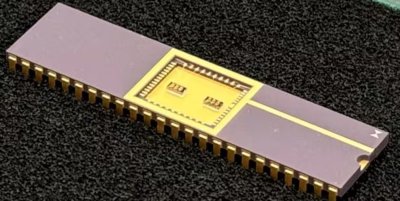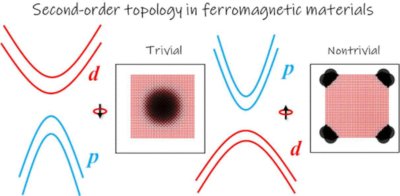Researchers identify light-induced Kondo-like exciton-spin interaction in neodymium(II) doped hybrid perovskite
In a recent sturdy, researchers at the U.S. Department of Energy’s (DOE) Argonne National Laboratory and Northern Illinois University discovered that they could use light to detect the spin state in a class of materials called perovskites (specifically in this research methylammonium lead iodide, or MAPbI3).
To understand spin, consider electrons orbiting the atomic nucleus. When atoms are close together, they can share some of their outer electrons, which creates a bond between them. Each bond contains two electrons that are “paired,” meaning they share an orbital — the region where they move. Now, each of these paired electrons has one of two possible spin states: spin up or spin down. If one electron is spin up, the other is spin down. Since we can’t know exactly which electron has which spin without looking at them, we say they exist in a quantum superposition — a state where they are both spin up and spin down until observed.

